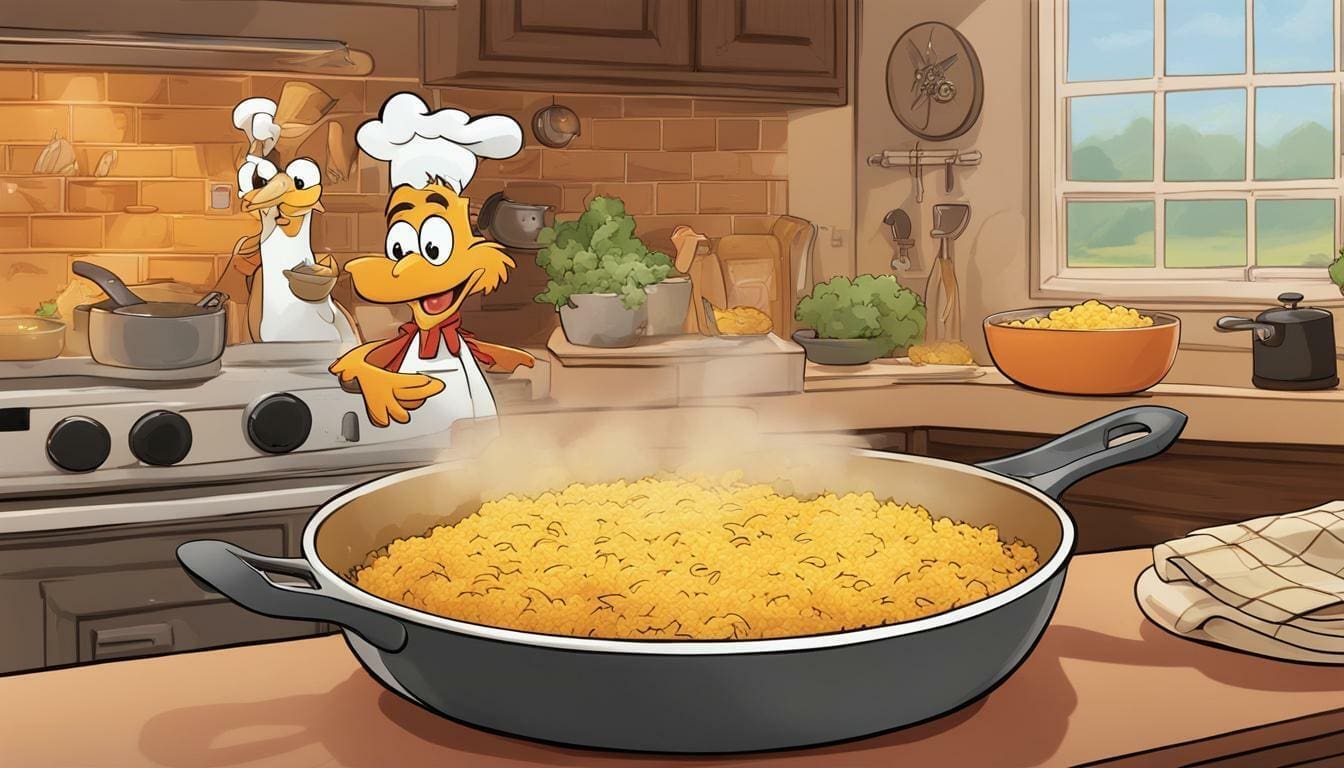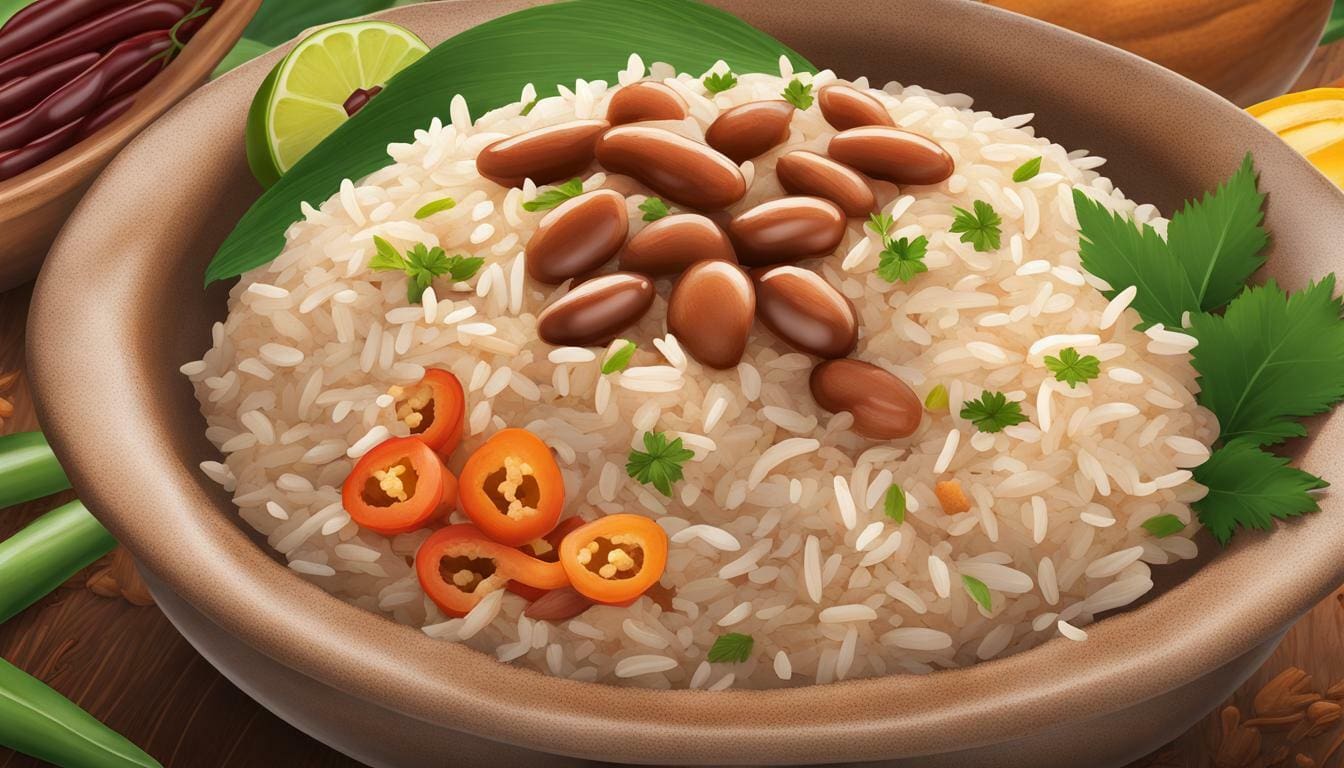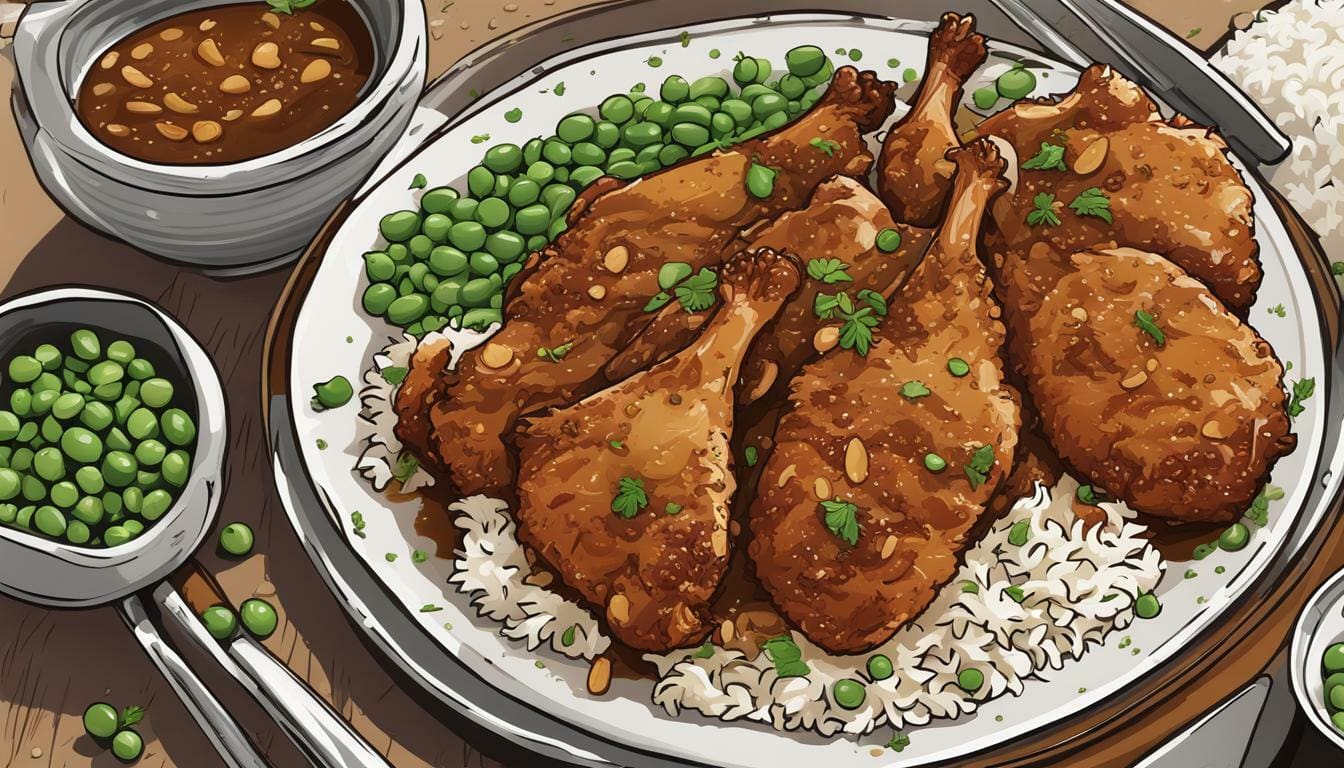Introduction
If you are interested in the world of paella, you will undoubtedly be wondering how to make your own. Many recipes exist online, but some people may find them too complicated.
When it comes to making paella, many different types of rice can be used. Some people prefer arborio rice, while others think it is not OK to use it for paella. So, what’s the verdict? Is arborio rice OK for paella or not? In this blog post, we will take a closer look at arborio rice and discuss whether or not it is appropriate to use for this Spanish dish.
What Is Arborio Rice, And Where Does It Come From?
Arborio rice is a short-grain rice that originates in Italy. Arborio is grown in the Po Valley, located in northeast Italy, and the rice grains are large and short. The arborio rice was named after the town of Arborio, located near Corgeno. Arborio rice was historically used to make risotto.
Does Arborio Taste Good?
It may surprise you that arborio rice tastes just as good as other long-grain rice, such as basmati or jasmine. The key to making good-tasting arborio rice, however, is cooking it properly.
Is It Ok To Use Arborio Rice For Paella?
As a general rule, if you have heard that arborio is unsuitable for cooking paella, then it’s almost certainly true. If you are using a recipe that does not call for arborio rice, don’t worry about it. Many people who use paella recipes that do not require arborio rice find the dish still excellent.
What Are The Benefits Of Using Arborio Rice For Paella Over Other Types Of Rice?
When cooking paella, the rice used is essential for several reasons. The shapes of the grains are important: short-grain rice takes longer to cook, and a shorter cooking time means less chance that the rice will overcook and get mushy. Long-grain rice cooks faster, so it’s crucial to maintain an even temperature during cooking.
A key benefit of using arborio rice for paella is that it holds a lot of water when cooked. Arborio is known as a “water absorber.” This means that when you make paella with arborio rice, the rice will absorb water quickly, creating lots of sauce for the meat and vegetables. This can also be a problem if you make paella on very high heat, where the rice absorbs too much water and develops an overcooked texture.
The texture of arborio rice also makes it ideal for cooking paella. It is firm but still toothsome when cooked properly. Mix it with other types of grain, such as long-grain or medium-grain varieties, to cover all areas of the pan when making paella.
Is it necessary to use Arborio rice for Paella, or can any type of rice be substituted?
Arborio rice is the most important type of rice used in making paella. It can be substituted by using substitute long-grain rice or medium-grain rice. However, some people find that their paella doesn’t turn out well when they substitute long-grain rice for arborio rice. This is because the grains are not as tight as when using arborio, so they don’t form well in the pan when cooking paella.
How Do You Cook Arborio Rice To Have A Perfect Consistency And Flavor Profile For Paella?
Arborio rice must be cooked correctly for paella. Otherwise, it will not taste good. Arborio rice absorbs a lot of water, so you need to cook it using a mixture of broth and water to produce the right consistency.
When you are cooking arborio or any other type of rice for paella, be sure that you follow the recipe carefully and use the right amount of liquid. Likewise, don’t let your paella boil too long over high heat because this will result in overcooked grains and poor texture.
Are Other Ingredients Need To Be Included To Make A Traditional Paella Dish With Arborio Rice?
1. Paella must also be served with an arborio rice drizzle with olive oil.
2 If you don’t plan to serve paella with meat and vegetables, you can use non-arborio rice.
3. Some people feel that serving a paella with Spanish food is more fun if accompanied by the traditional accompaniment of scrambled eggs, peas, saffron, and a pinch of salt.
4. Adding salt to paella will improve your dish’s taste and enhance your meal’s flavor and texture. But make sure you add only one small pinch at a time, as too much salt will ruin your dish completely.
5. Some people prefer to garnish the paella with diced preserved lemon, saffron, and parsley.
6. If you want a slightly spicy taste for your paella, add a chili pepper pinch.
7 Above all, remember that the key to making great paella is to put in the effort – it takes time, but the results will be well worth it.
Can You Prepare A Vegetarian Or Vegan Version Of Paella Using Arborio Rice?
Many people are surprised to learn that a vegan version of paella is possible since it is usually a meat-based dish. Instead of using sausage, roast chicken, pork, or prawns to make your paella, you can swap out their meat for vegan alternatives. You can also use vegan sofrito instead of the traditional mixture of garlic and tomato.
If you are making a vegetarian version of this dish, you should replace the meat with onions and mushrooms. Remember that some recipes call for adding paprika to your saffron rice – but if you plan on making this dish vegetarian, be sure to leave it out.
Conclusion
Arborio rice is also an excellent choice for paella. It has a higher starch content than other types of rice, which gives the dish a creamy texture. Arborio rice is available at most grocery stores, so you can easily make this classic Spanish dish home.
So there you have it – arborio rice is a great choice for paella, and it’s easy to find in most supermarkets. Ready to give this classic Spanish dish a try?


